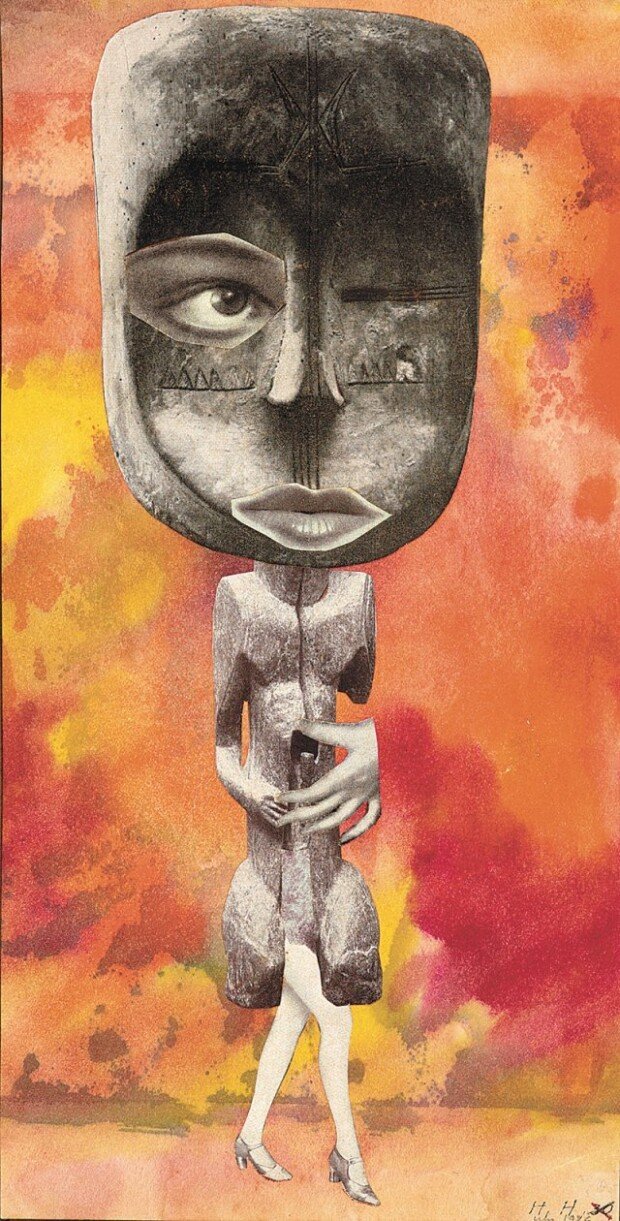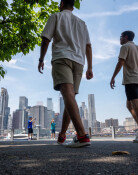Life like photomontage
Life like photomontage
Posted June. 30, 2022 08:12,
Updated June. 30, 2022 08:12

Photomontage is the process of creating a new image by combining and rearranging images from multiple photographs. The technique appeared first in the late 19th century but it began to be used as a form of modern art in the mid-1910s. German Dada artist Hannah Hoch was one of the founders of photomontage.
Dadaism was an avant-garde art movement at the end of World War I, which denied the forms and value of the established art and advocated for anti-war, anti-aesthetics, and anti-tradition. Hoch was the only female artist and feminist in the Dada group in Berlin. She began to experiment with photomontage in 1918, criticizing the stereotypes of the modern women who appeared in the fast-changing times. This art piece is one of her “From an Ethnographic Museum” series that was first showcased in 1920. It reveals the artist’s efforts to break the conventional aesthetics in the Western world by bringing the concept of beauty from other cultures. Against the backdrop watercolored in red, it features a woman created by combining different images from black-and-white magazines. Her head and body are composed of a Congolese mask and a sculpture worshiping men while her eyes, hands, lips, and legs are those of white women. Her body is much smaller than her oversized head. She has hands in different sizes that seem to be protecting the male genital, as well as the slender legs of a white woman. Hoch’s works often feature androgynous figures, which is interpreted as the reflection of her sexual orientation as a bisexual.
Hoch tried to criticize people who viewed the modern women like herself as masculine or androgynous. The figure’s feet featured from a side angle with the body facing front might be an expression of the artist’s desire to escape from the rigid reality and freely move forward. The image might be a self-portrait of Hoch who was ahead of the times and lived her life like a photomontage as a Dadaist, designer, novelist, modern woman, bisexual, and wife.







